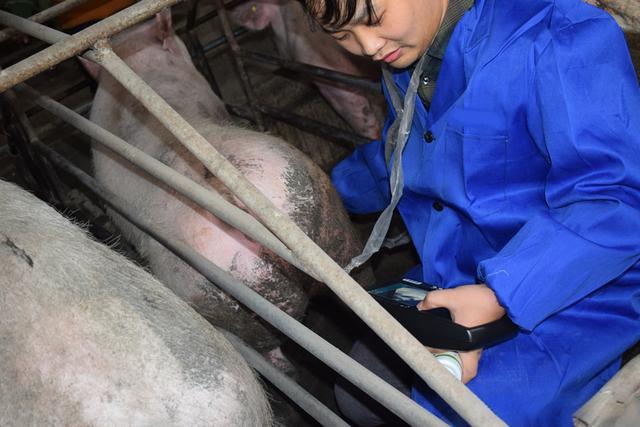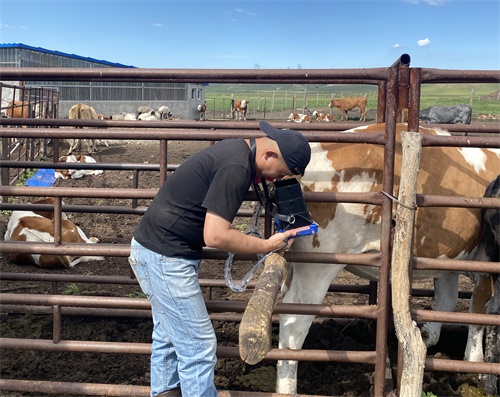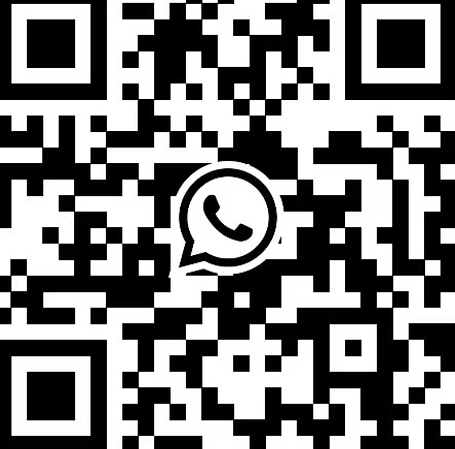Hey, I’m excited to share a bit about how handheld ultrasound—really the real-time imaging we can carry around—has totally changed the game for on-farm animal care.

Why handheld ultrasound matters on the farm
Let’s picture it: you’re walking through your herd, checking on animals, and right there in the field you pull out your mobile imaging device—the handheld ultrasound—and you can image in real time. That immediacy beats sending animals off to a clinic. It feels more personal, fluid, almost like having a vet beside you, working with you, not off in a lab.
Foreign friends I’ve talked with—say, a dairy farmer in New Zealand or a mixed-animal practice in Canada—they all highlight how being able to scan without hauling an animal into a trailer saves stress on livestock and speeds decisions. They don’t only love it for pregnancies; slow-growing young livestock or suspected injuries become easier to assess. The mobility plus the ultra-clear scan shows anatomy right then and there, which means decisions feel grounded in evidence, not guesswork.
What I actually use it for on-farm
Talking through daily use, here’s what handheld ultrasound helps with:
Pregnancy checks: Quick confirmation. Keeps calves happier, and no relocation needed.
Muscle and fat evaluation: Assessing tissue growth—especially Longissimus dorsi or rump fat—on the spot. Instant feedback.
Organ health: Following gut motility, fluid accumulation, organ size. Good for post-treatment checks.
Wound or abscess imaging: Clarifies whether it’s solid or fluid, guides treatment.
Here’s a little table to break down key tasks and benefits:
| Task | Benefit |
|---|---|
| Pregnancy Detection | Stress-free checks, fast confirmation |
| Muscle / Fat Monitoring | On-spot growth tracking, helps feed decisions |
| Organ Assessment | Immediate insight into internal health |
| Abscess / Wound Evaluation | Image-guided treatment, avoids guesswork |
Real-world vibes from abroad
Talking casually with colleagues over there, here’s what they say:
In the UK, a sheep farmer said handheld devices cut the need for moving animals to the barn—“It’s like giving medicine to the whole flock without them noticing,” she laughed.
In Australia, a mixed species practice told me that cattle on remote stations used to get a truck-driven clinic visit once a month. Now, with accurate on-farm imaging, they skip trips when nothing shows up. Handy for saving time, fuel, and keeping calves calm.
That “mobile imaging” mindset really resonates: portable, intuitive, bridging the gap between caretaker and clinician.
Why it feels more human than just “tech”
Talking friend to friend, there’s something about being able to walk up, lightly gel the probe, and actually see what’s happening. Farmers say they trust what their eyes show them in real time. Whenever someone treats this like a tool for quick feedback—not as a replacement for care—it feels natural.
Reducing reliance on guess-based treatments helps conversations stay grounded. Farmers can say, “I saw fluid pocket there,” or “Muscle looked leaner than usual,” and vets can respond with context. The handheld device becomes part of how they speak to each other, not just something sterile in a clinic.
Tips for smooth handheld use
From chatting with experienced users, these tips come up often:
Keep probe sterilized and gel ready—makes those field checks smooth.
Use presets—like “abdominal” or “musculo-skeletal”—saves time.
Positioning matters—walk around the animal, use cross-sectional views for better shape, don’t just stand still.
Minimal settings—adjust depth or gain gently. Over-processing loses detail.
A quick snapshot of benefits
| Advantage | Why it counts |
|---|---|
| Real-time results | Immediate context, no waiting |
| Portable | Scan anywhere—even in a pen or pasture |
| Non-invasive | No sedation, calms animals |
| Decision-support | Data-driven choices before expensive steps |

Wrapping up
Handheld ultrasound—mobile, real-time imaging on the farm—feels like a bridge between care and action. Farmers from different places share that it gives confidence, encourages trust, and reduces wasted time. Instead of waiting for clinic visits or working from memory, seeing is believing. It invites smoother decisions, gentler handling, and smarter care.
I hope this glimpse gives you the right feel—like chatting with someone who’s been there, gel in hand, probe buzzing, ready to help.
tags:
Text link:https://www.bxlultrasound.com/ns/885.html


